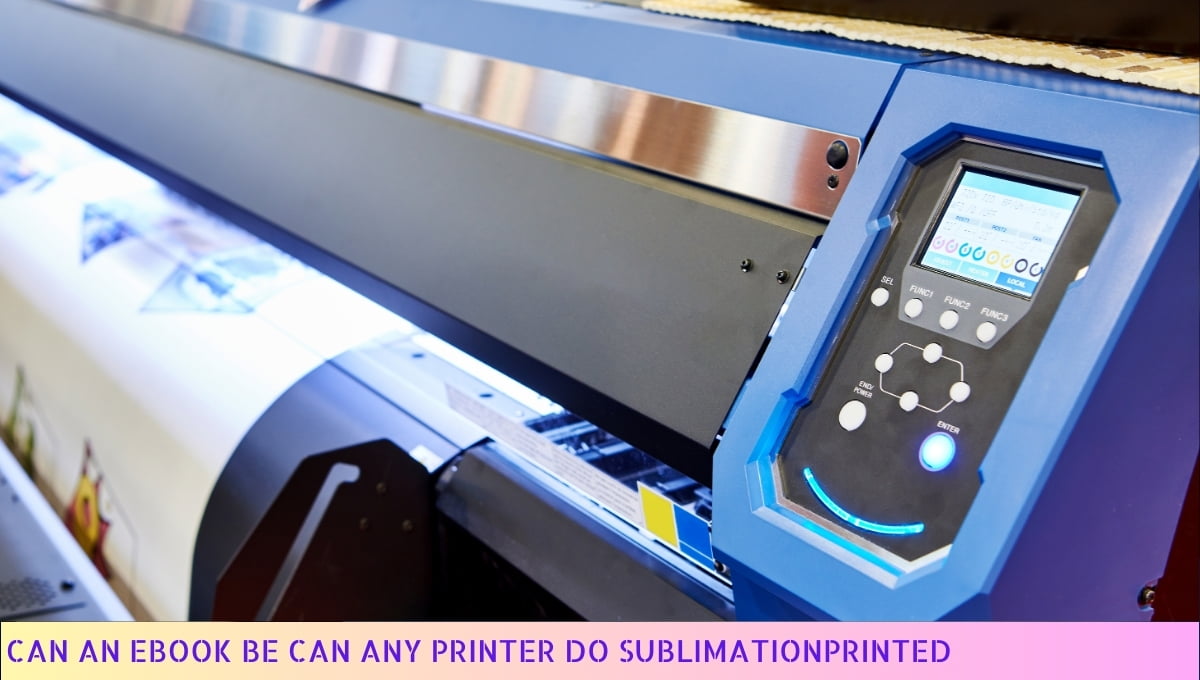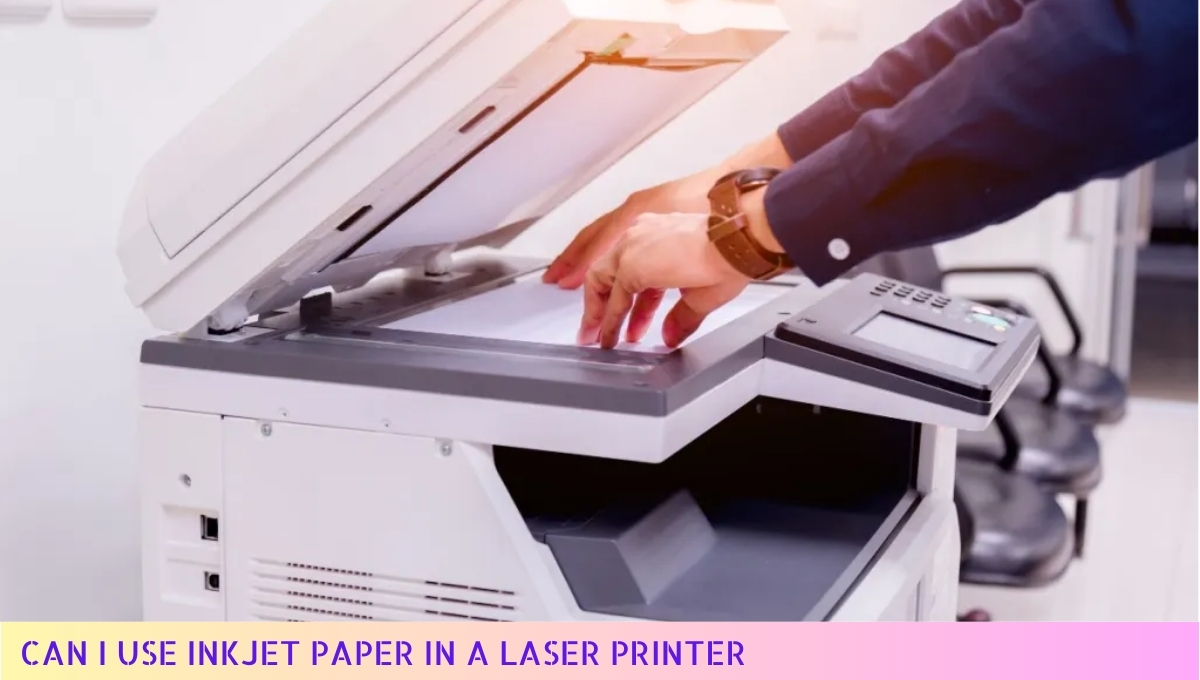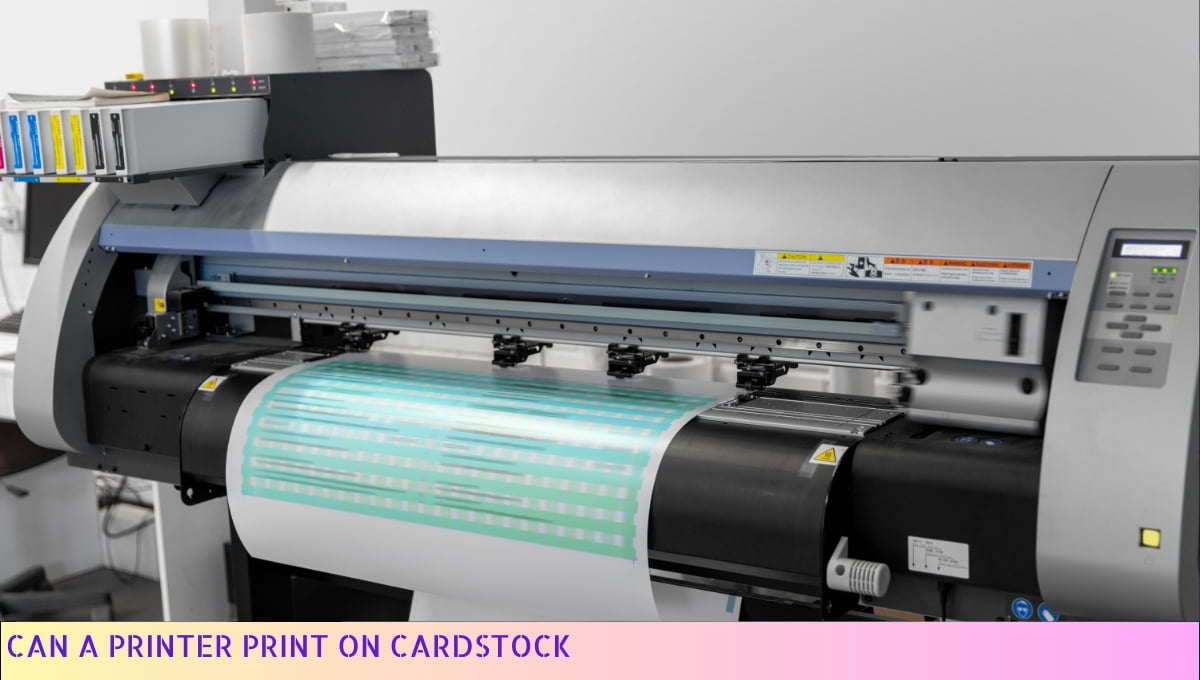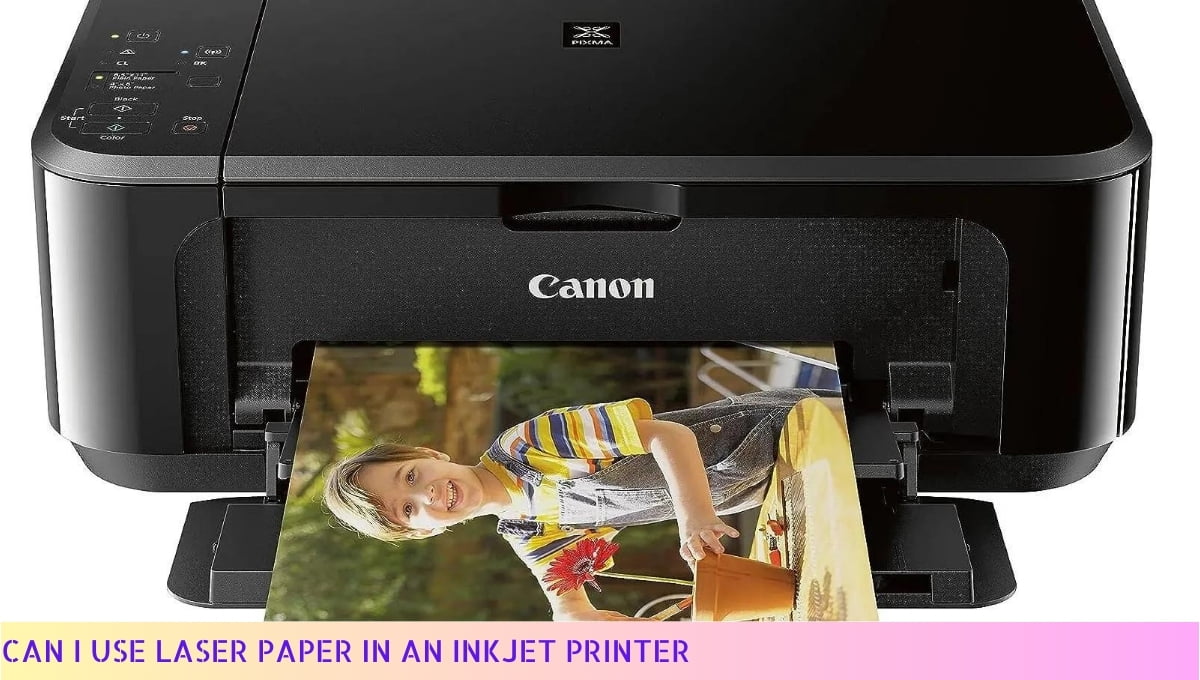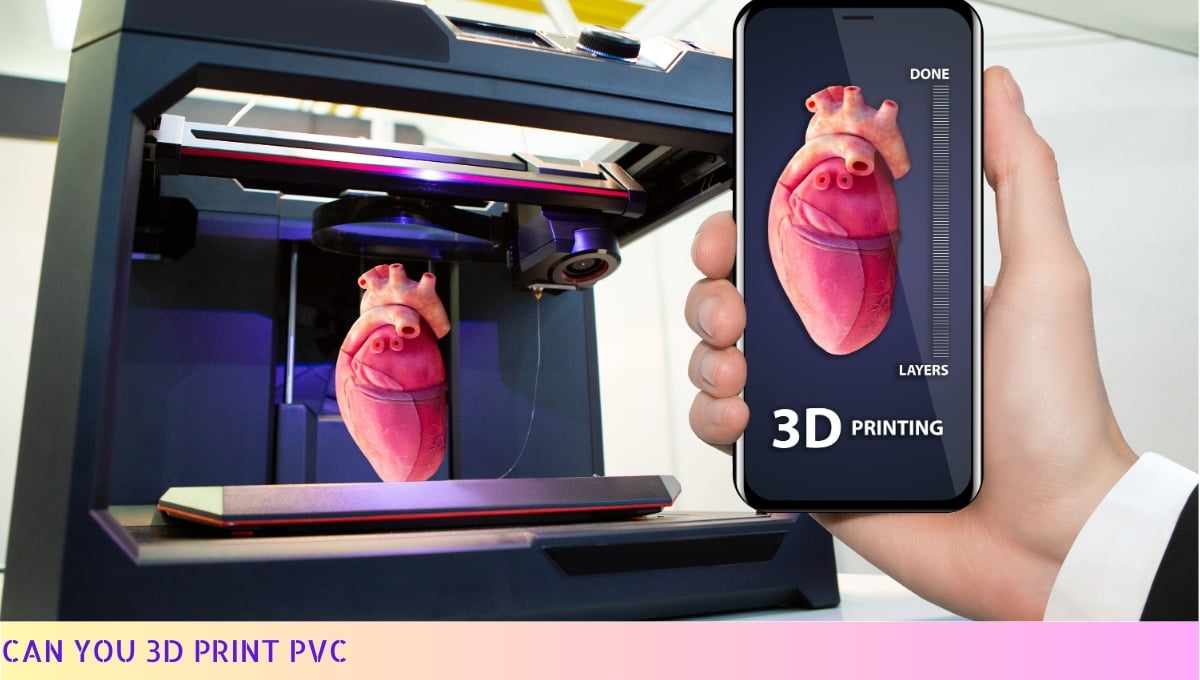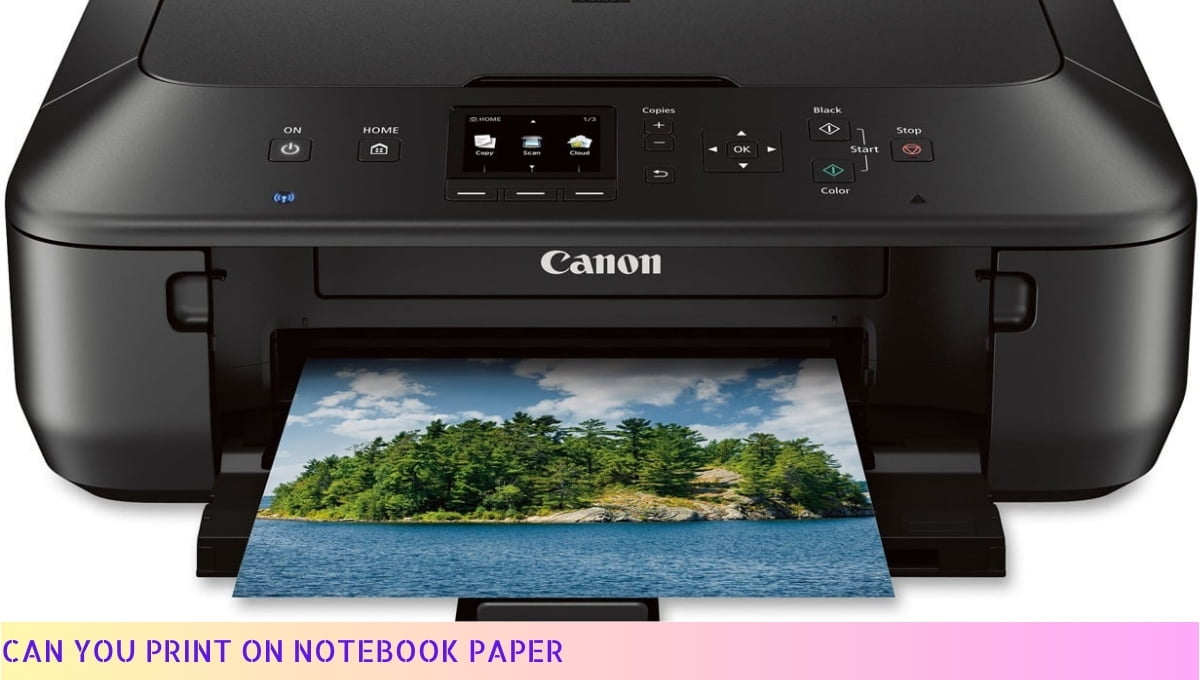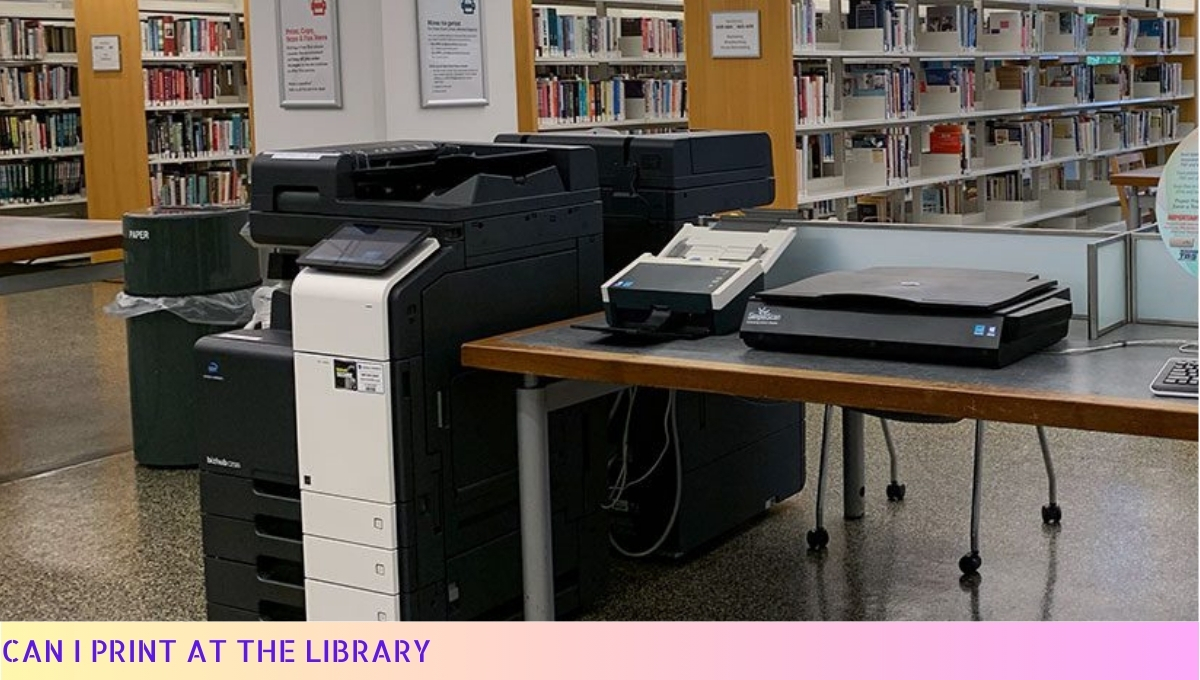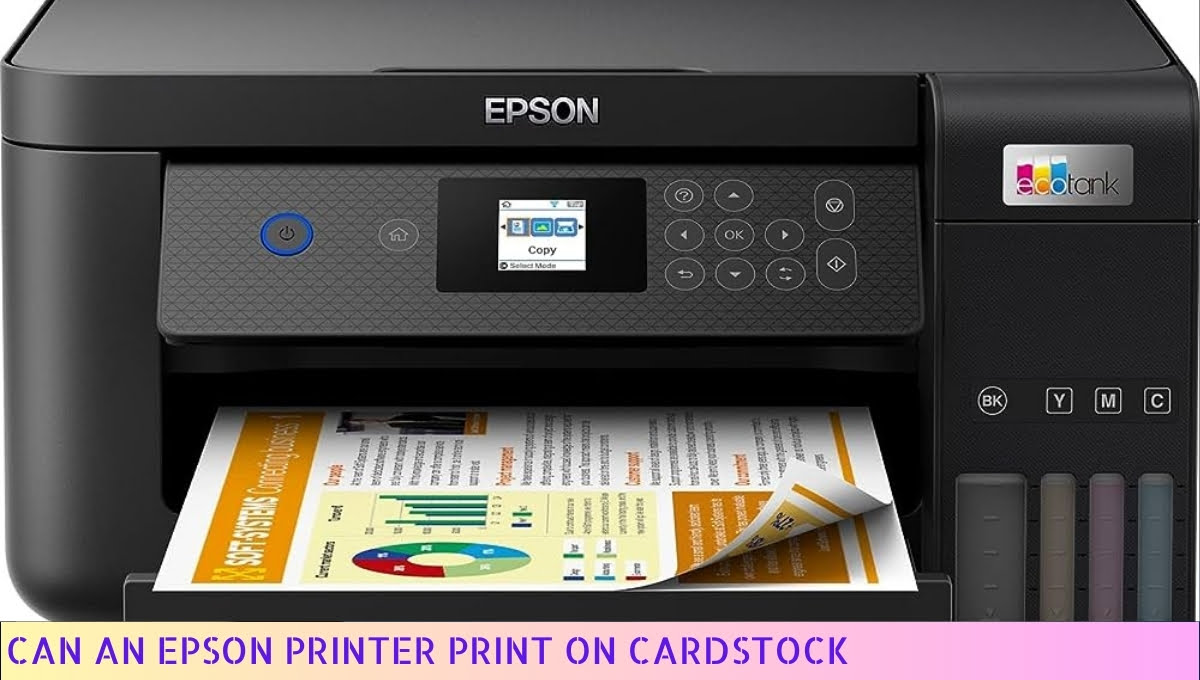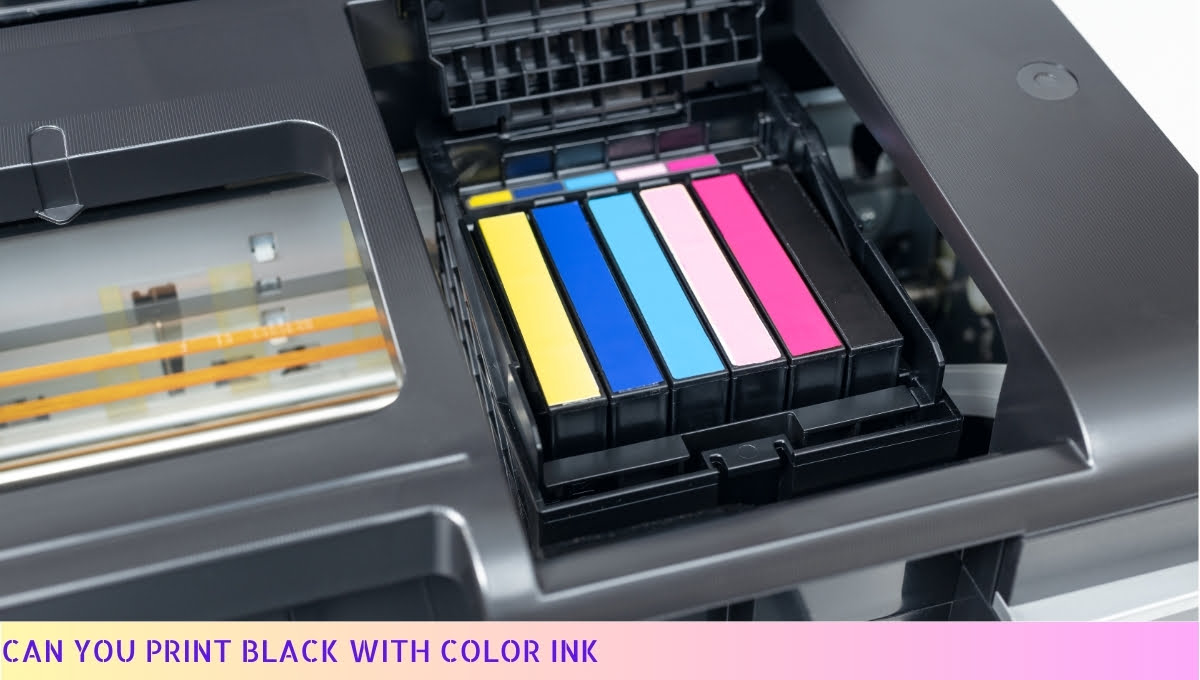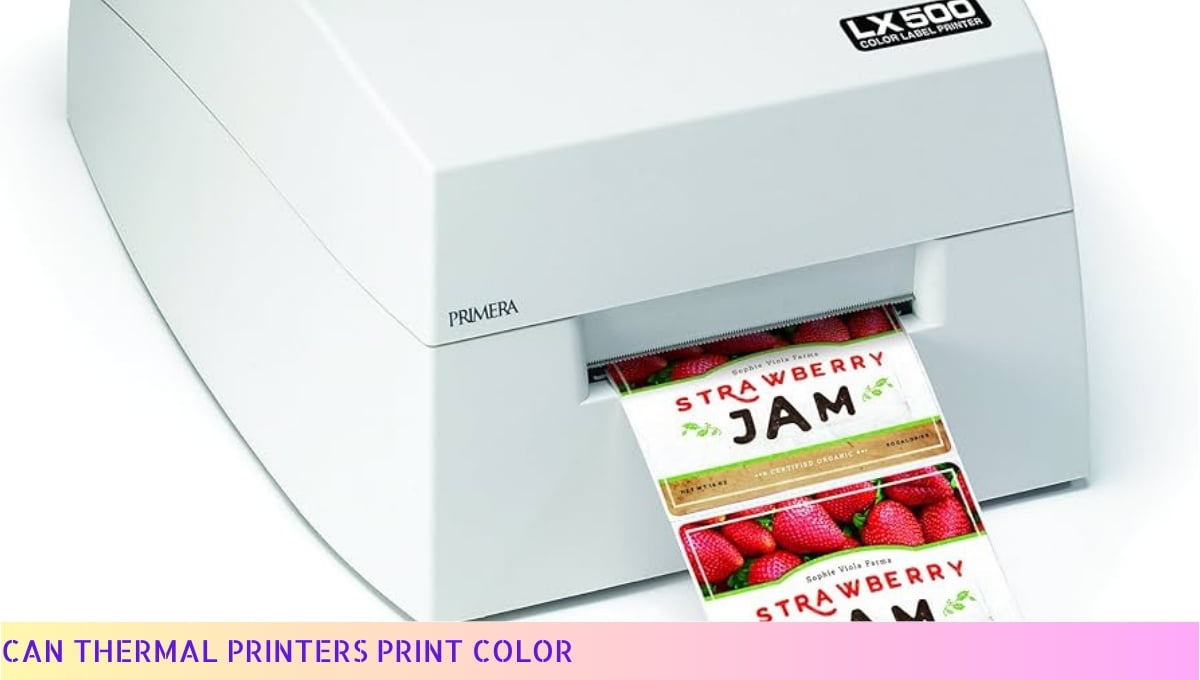Yes, not all printers can do sublimation printing.
Sublimation printing requires a special type of printer called a sublimation printer, which uses heat to transfer dye onto materials like fabric, metal, or ceramic.
These printers have special ink cartridges that contain sublimation ink, and they are designed to handle the heat and pressure needed for the sublimation process.
Regular inkjet printers cannot perform sublimation printing because they do not have the necessary components and capabilities.
I. Benefits of Sublimation Printing

When it comes to printing, sublimation is a game-changer. This innovative printing technique offers a plethora of benefits that make it a popular choice for businesses and individuals alike.
So, let’s dive right in and explore the advantages of sublimation printing!
1. Vibrant and Long-Lasting Colors
One of the standout benefits of sublimation printing is its ability to produce vibrant and long-lasting colors.
Unlike traditional printing methods, sublimation ink is directly infused into the fabric or substrate, resulting in colors that are more vibrant and resistant to fading over time.
This makes sublimation ideal for creating eye-catching designs that pop!
2. Unmatched Durability
Sublimation printing doesn’t just offer impressive colors; it also provides unmatched durability.
Since the ink becomes a part of the fabric or coating, it doesn’t crack, peel, or fade easily.
This means your printed products, whether it’s apparel, accessories, or promotional items, will maintain their quality and appearance even after multiple washes or extended use.
3. Endless Design Possibilities
With sublimation printing, your creativity knows no bounds. The process allows for seamless printing on a wide range of materials, including polyester fabrics, ceramics, metal, and more.
This versatility opens up a world of possibilities for personalized gifts, custom clothing, home decor, and even branding opportunities for businesses.
4. Quick and Efficient Process
Time is of the essence, and sublimation printing understands that. The process is quick and efficient, making it an excellent choice for businesses with tight deadlines.
From design to finished product, sublimation can deliver high-quality prints in a fraction of the time compared to traditional printing methods.
5. No Color Limitations
Unlike other printing techniques that require separate screens or plates for each color, sublimation printing allows for unlimited colors in a single design.
This means you can bring your wildest, most colorful ideas to life without any restrictions. Whether it’s a vibrant gradient or a complex pattern, sublimation can handle it with ease.
6. Eco-Friendly Option
If you’re conscious about the environment, sublimation printing is an eco-friendly choice.
The process produces minimal waste since there are no screens or plates involved, and the inks used are water-based and non-toxic.
So, not only can you create stunning prints, but you can also contribute to a greener future.
So, there you have it! Sublimation printing offers a host of benefits, from vibrant and durable prints to endless design possibilities.
Whether you’re a business owner looking to create promotional items or an individual wanting to personalize your belongings, sublimation printing is a reliable and versatile option that will exceed your expectations.
II. Types of Printers for Sublimation Printing

When it comes to sublimation printing, having the right printer is essential. There are different types of printers available in the market, each with its own set of features and capabilities.
Let’s delve into the various options to help you find the perfect printer for your sublimation needs.
Dye-Sublimation Printers
Dye-sublimation printers are specifically designed for sublimation printing. These printers use heat to transfer dye onto various substrates, such as fabrics, ceramics, and metals.
They produce vibrant, long-lasting prints with excellent color accuracy. Dye-sublimation printers are ideal for businesses that require high-quality, professional-grade prints.
Inkjet Printers with Sublimation Ink
If you already have an inkjet printer, you can transform it into a sublimation printer by using sublimation inks. This option allows you to repurpose your existing printer and save some money.
However, it’s important to note that not all inkjet printers are compatible with sublimation inks.
You need to ensure that your printer has a piezoelectric print head and can handle the heat required for sublimation.
Wide-Format Printers
Wide-format printers are perfect for large-scale sublimation printing.
These printers can handle wider media sizes, allowing you to print on banners, signage, and other large-format materials.
If you’re in the business of producing custom apparel, home decor, or promotional items, a wide-format printer can be a game-changer for your production capabilities.
Desktop Printers
For small-scale sublimation printing or personal use, desktop printers are a great choice. These compact printers are affordable, easy to use, and don’t take up much space.
They are suitable for printing on smaller items like mugs, phone cases, and personalized gifts. Desktop printers are a popular option for hobbyists, crafters, and small businesses looking to add a personal touch to their products.
Portable Printers
If you’re always on the go and need a printer that can keep up with your mobile lifestyle, portable printers are the way to go.
These lightweight and compact printers allow you to print directly from your smartphone or tablet, making them perfect for on-site event printing, photography, or any situation where mobility is key.
Portable sublimation printers offer convenience without compromising on print quality.
verdict
When it comes to sublimation printing, there are various types of printers available to suit different needs.
Whether you’re a professional seeking high-quality prints or a hobbyist looking for a compact option, there’s a sublimation printer out there for you.
Consider your printing requirements, budget, and intended use to make an informed decision. Happy printing!
III. Considerations for Choosing a Sublimation Printer

So, you’re in the market for a sublimation printer, huh? Well, buckle up, because I’m about to give you the lowdown on what you need to consider before making that all-important purchase.
Trust me, you don’t want to end up with a printer that leaves you feeling like you’ve been left high and dry.
1. Printing Size: Size matters, my friend. Think about the kind of projects you’ll be working on. Are you planning on printing small designs or larger, more intricate patterns?
Make sure the printer you choose can handle the size you need without compromising on quality. Don’t settle for a printer that’s too small or too big for your needs. Find that sweet spot.
2. Resolution: When it comes to sublimation printing, you want your colors to pop and your details to shine.
That’s where resolution comes into play. Look for a printer that offers high resolution, preferably in the range of 300-600 dpi (dots per inch).
This will ensure that your prints come out crisp and vibrant, capturing every little detail.
3. Ink System: Ah, the ink system. This is where the magic happens. You’ll want to choose between a printer with a built-in continuous ink supply system (CISS) or one that uses individual ink cartridges.
Both have their pros and cons, so it’s up to you to decide which one suits your needs best. Just remember, a CISS system may require more maintenance, but it can save you money in the long run.
4. Connectivity: Let’s talk about staying connected, shall we? In this digital age, it’s important to have a printer that can keep up with your tech-savvy lifestyle.
Look for a printer that offers various connectivity options like Wi-Fi, USB, and Ethernet. This way, you can easily print from your computer, smartphone, or tablet, no matter where you are. Talk about convenience!
5. Brand Reputation: Now, I’m not one to judge a book by its cover, but when it comes to printers, brand reputation matters.
Stick with reputable brands that have a track record of producing reliable and high-quality printers.
Some popular names in the sublimation printing world include Epson, Sawgrass, and Ricoh. Do your research, read reviews, and choose a brand that’s got your back.
Alright, my friend, now that you know what to consider when choosing a sublimation printer, you’re ready to make an informed decision.
Remember, size, resolution, ink system, connectivity, and brand reputation are the key factors to keep in mind. Good luck on your printing adventures!
Popular Sublimation Printer Brands
When it comes to sublimation printing, having the right printer is essential. There are several top-notch brands out there that offer high-quality printers specifically designed for sublimation.
Let’s take a look at some of the most popular ones in the market.
1. Epson
Epson is a well-known name in the printing industry, and they have a strong presence in the sublimation printing world as well.
Their SureColor series, such as the SureColor P800 and SureColor P6000, are highly regarded for their exceptional color accuracy and sharp image quality.
Epson printers are known for their reliability and user-friendly interface, making them a popular choice among professionals and hobbyists alike.
2. Sawgrass
Sawgrass is another reputable brand that specializes in sublimation printing. They offer a range of printers, including the Virtuoso SG400 and SG800 models.
These printers are known for their vibrant and long-lasting prints, thanks to Sawgrass’ unique SubliJet-HD ink technology.
Sawgrass printers are often favored by businesses in the personalized gift and promotional product industries.
3. Ricoh
Ricoh has made a name for itself in the sublimation printing market with its line of GelJet printers.
The Ricoh SG 7100DN and Ricoh SG 8000 are popular choices among sublimation enthusiasts. These printers deliver high-quality prints with vibrant colors and excellent detail.
Ricoh printers are known for their speed and efficiency, making them a great option for businesses with high-volume printing needs.
4. Canon
Canon is a well-respected brand in the photography and printing industry, and they also offer printers suitable for sublimation printing.
The Canon PIXMA Pro-100 and Canon imagePROGRAF PRO-1000 are often recommended for sublimation enthusiasts who prioritize print quality.
Canon printers are known for their exceptional color reproduction and wide color gamut, making them a preferred choice for photographers and artists.
5. DNP
DNP, or Dai Nippon Printing, is a leading manufacturer of dye-sublimation printers. Their DS-RX1HS and DS820A models are popular among event photographers and photo booth operators.
DNP printers are known for their fast printing speeds and high-quality output. They are often praised for their reliability and ease of use, making them a top choice for professionals on the go.
When it comes to sublimation printing, these brands offer some of the best printers in the market.
Whether you’re a professional seeking top-notch quality or a hobbyist looking for a reliable option, these popular brands have got you covered.
Remember to consider your specific printing needs and budget when choosing the right sublimation printer for you.
So go ahead and explore these brands to find the perfect printer that will bring your sublimation projects to life!
Frequently Asked Questions about Sublimation Printing
1. Can any printer do sublimation printing?
Yes, sublimation printing requires a specialized printer that can handle dye-sublimation inks. Regular inkjet or laser printers cannot be used for sublimation printing.
2. What is sublimation printing?
Sublimation printing is a process where heat and pressure are used to transfer dye onto various materials, such as fabrics, ceramics, and metals.
The dye converts into a gas and permeates the material, resulting in vibrant and long-lasting prints.
3. What materials can be used for sublimation printing?
Sublimation printing works best on materials with a high polyester content. This includes polyester fabrics, polyester-coated items like mugs and phone cases, and polyester blends.
Natural fibers like cotton do not work well with sublimation printing.
4. Can I use sublimation inks in my regular printer?
No, sublimation inks are specifically formulated for use in sublimation printers. They have a different composition and require higher temperatures to activate the dye transfer process.
5. What are the advantages of sublimation printing?
Sublimation printing offers several advantages, including vibrant and long-lasting prints, the ability to print complex designs with high detail, and the ability to print on a wide range of products and materials.
6. Is sublimation printing cost-effective?
While the initial investment in a sublimation printer and inks may be higher compared to traditional printers, sublimation printing can be cost-effective in the long run.
It eliminates the need for expensive printing plates or screens and allows for on-demand printing, reducing waste and storage costs.
7. Can I print on dark-colored fabrics using sublimation?
No, sublimation printing works best on light-colored or white fabrics. Since sublimation inks are transparent, they will not show up well on dark backgrounds.
8. Do I need special software for sublimation printing?
While not mandatory, using design software specifically tailored for sublimation printing can enhance your printing experience.
These software programs often provide color management tools and templates optimized for sublimation printing.
9. Can I use sublimation printing for personalized gifts?
Absolutely! Sublimation printing is perfect for creating personalized gifts. You can print custom designs, photos, and text on various items like mugs, t-shirts, keychains, and more.
10. Is sublimation printing eco-friendly?
Sublimation printing is considered relatively eco-friendly compared to other printing methods. It produces minimal waste, as the dye becomes a gas during the printing process, leaving no residue behind.
Additionally, sublimation inks are water-based and do not contain harmful chemicals.
Wrapping UP
Well, let me break it down for you. Not just any old printer can handle sublimation. You need a printer that’s specially designed for it, my friend.
Sublimation requires heat and special ink that can turn from a solid to a gas without going through the liquid stage.
Regular printers just don’t have what it takes to handle this kind of printing magic.
So, if you’re looking to get into the sublimation game, make sure you invest in a printer that’s up to the task. Trust me, you won’t regret it!

